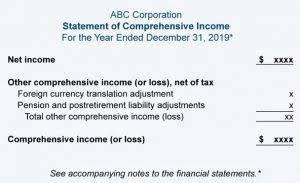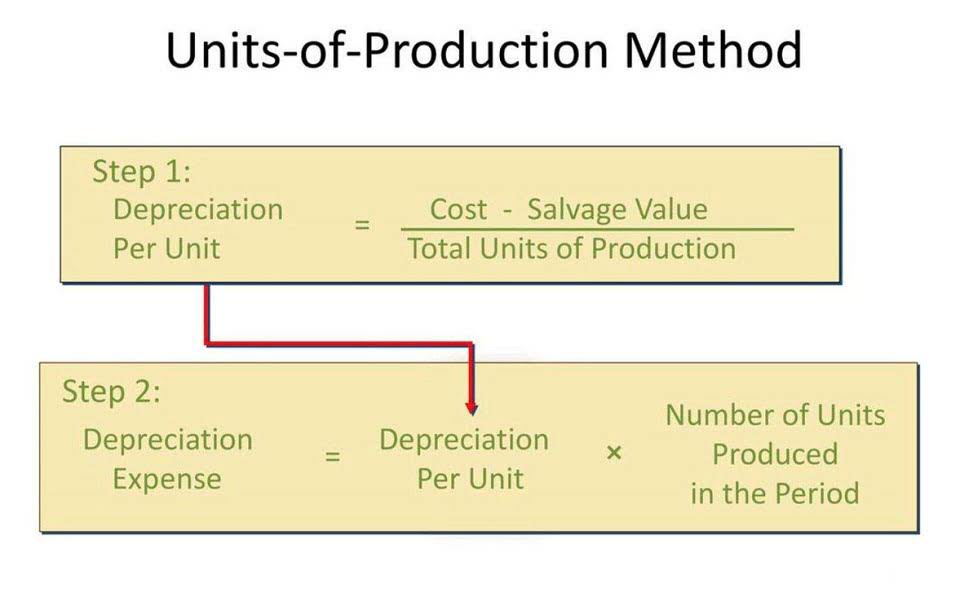
Carefully examine the percentage changes to understand the magnitude and significance of variations. Look for major fluctuations that may indicate critical events or shifts in the company’s operations. Look for significant variations, both positive and negative, and identify any trends or patterns that emerge.

Trend Analysis
It reflects the company’s profitability after accounting for all expenses, taxes, and other deductions. By examining net income over multiple periods, stakeholders can assess the company’s ability to generate profit and sustain its operations. This metric is particularly valuable for investors who are interested in the long-term viability and profitability of the business.
Preparing Financial Data for Comparison

Unusual changes, such as a large increase in accounts receivable without a corresponding increase in sales, warrant further investigation as they might point to issues like slow collections. Once horizontal analysis calculations are complete, the next step involves interpreting these percentage changes. Identifying trends is a primary objective, such as consistent growth, sudden declines, or stability. For instance, a consistent positive percentage change in revenue over several periods suggests healthy sales growth.
- Management should consider both the percentage change and the dollar amount change.
- Like horizontal analysis, it is also compared usually on the income statement and balance sheet.
- This is because one can see the relative proportions of account balances.
- This helps in understanding how efficiently a company is managing its costs relative to its revenue.
- (Miller & Goidel, 2009) Like in Nepal as well, the demand/sell of clothes and other appliances is higher during special festivals or occasions compared to other normal days.
- There seems to be a relatively consistent overall increase throughout the key totals on the balance sheet.
- We’ll cover everything from understanding what horizontal analysis is, to setting up your Excel sheet, and even interpreting the results.
Vertical Analysis Explained
With this method, the difference ($1.5 million) is taken note of and you quickly spot the change between the two periods. The Horizontal Analysis technique also takes note of the time variance of items contained in statements. The earliest recorded period in the statements is used as a base period with which changes are measured.
- By calculating the percentage or dollar changes year over year, it reveals trends that can guide smarter investing decisions.
- These ratios provide insights into whether a company has enough assets to cover its liabilities, which is particularly important for stakeholders concerned with the company’s short-term financial health.
- The meaning of a positive or negative percentage change varies depending on the specific line item.
- The repair expense is the largest percentage change — an increase in costs.
- Providing students with an overview of financial statements using the Dupont analysis approach.
- When performing financial statement analysis, it is important to compare performance over time.
- A consistent increase in revenue, for example, suggests market growth or effective sales strategies.
Horizontal Analysis Vs Vertical Analysis
Horizontal analysis allows for the comparison of financial data over time, highlighting trends, patterns, and changes in performance. It helps identify growth or decline areas, assess strategies’ effectiveness, and make informed decisions. It enables businesses to track progress, evaluate financial stability, and identify potential risks or opportunities. While both methods offer distinct advantages, their how to do horizontal analysis true power lies in their complementary use. Vertical analysis can provide a detailed understanding of a company’s current financial structure, which can then be contextualized with horizontal analysis to see how this structure has evolved. For example, if vertical analysis shows a high percentage of revenue spent on marketing, horizontal analysis can reveal whether this investment has led to increased sales over time.

Horizontal Analysis of Cash Flow Statement
It identifies trends and is especially useful for spotting long-term patterns or seasonal variations. Horizontal analysis provides insight into the direction in which a company’s financial data is moving. For example, we perform a horizontal analysis on the balance sheet of Wipro, an Indian information technology company. The consolidated financial statement of Wipro Limited and its subsidiaries for the year ended March 31, 2024 is uploaded below.
- The cash flow statement highlights the inflows and outflows of cash from operations, investments, and financing.
- The earliest recorded period in the statements is used as a base period with which changes are measured.
- The changes may be expressed in absolute amounts or percentages (Smart, Megginson, & Gitman, 2007).
- Changes in the economy, industry regulations, or customer preferences can all impact your company’s performance.
How to Get Probability from Z Score in Excel using AI

In this method, the earliest period is set as the base period and each subsequent https://www.rockforhunger.org/what-is-accumulated-depreciation-in-accounting/ period is compared to the base period. The company’s growth is measured through this and the level of growth is always put in comparison with the earliest period on record. Direct comparison simply involves directly comparing the results, usually revenue, of two accounting periods. A trend is then determined and the level and quality of details you obtain from your financial statements depend on the software or accounting technique you use. In this article, you will learn everything you need to know about the horizontal analysis of financial statements. Investors, analysts, and even business owners and managers need to track a company’s financial performance over the years to spot its growth patterns.

It involves scrutinizing various financial documents, such as the balance sheet, income statement, and cash flow statement, to gain insights into a company’s performance and stability. These documents provide a snapshot of a company’s financial position at a given point in time, offering a wealth of information that can be dissected to reveal underlying trends and patterns. Horizontal analysis (also known as trend analysis) looks at trends over time on various financial statement line items. A business will look at one period (usually a year) and compare it to another period. For example, a business may compare sales from their current year to sales from the prior year. The trending of items on these financial statements can give a business valuable information on overall gym bookkeeping performance and specific areas for improvement.